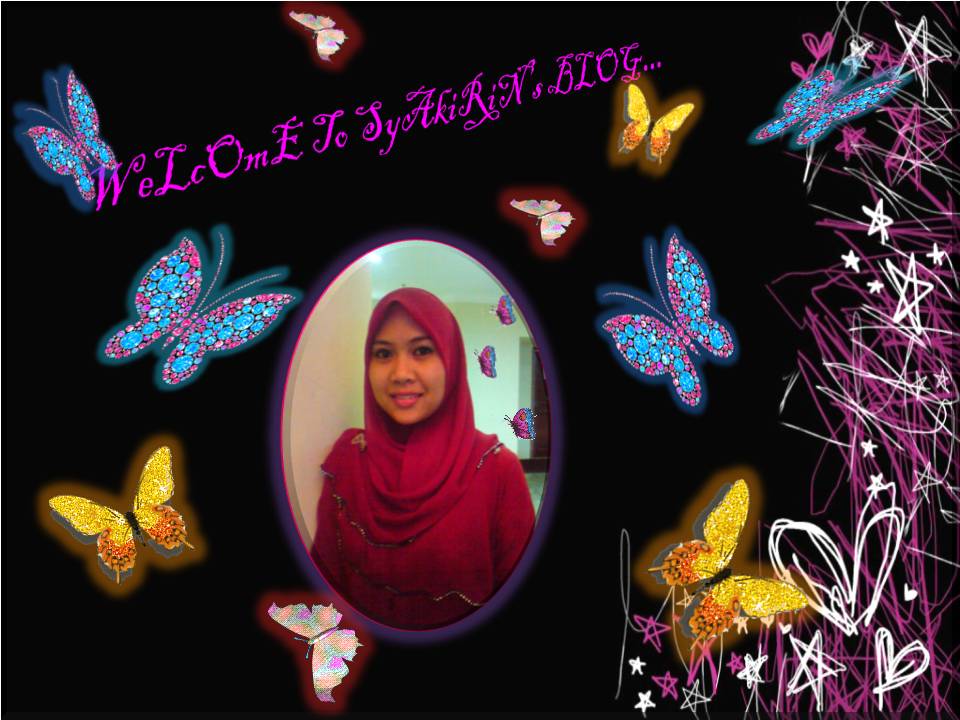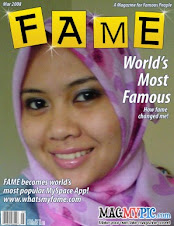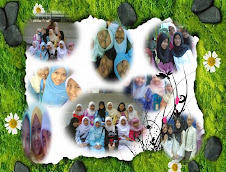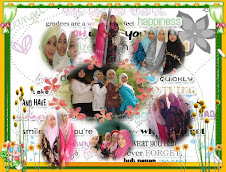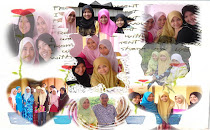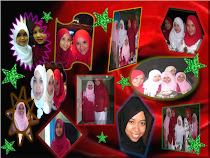(1) Beyond Concordance Lines by Arshad Abd. Samad (UPM)
For this fourth posting, we are required to do it together with a partner and my partner is Farhana. Below are the gist of summary on article in page 70 of the Online Teaching and Learning in ELT, (OTL) text book.
Based on the article written by Arshad Abd. Samad, UPM (OTL,70), concordance program like Wordsmith, Monoconc Pro and Microconcard is used to analyze the language data as well as to show how words and grammatical constructions are used. The benefit of using this program according to Schmitt (2002:34) is, it help students to look at the systematicity of language as an interesting linguistic puzzle.
In Malaysian context, the use and analysis of language CORPORA is limited because it is unavailable even though there is an effort being done by researchers from Universiti Teknologi Malaysia (UTM) regarding to this matter. When this happened, other researchers from UM and UPM make an effort to produce useful corpus, for example the UM researchers produce a corpus entitled ‘Malaysian learner’s corpus’ while the UPM researchers produce a corpus called ‘English of Malaysian School student’, (EMAS).
EMAS CORPORA was collected in 2002 with half a million words (Arshad et al., 2002) that contains written data that consists of three essays written by 800 students from year 5, form 1 and form 4. The first essay was based on picture series of a fishing trip event, while the second essay was entitled ‘The Happiest Day of My Life’ and last but not least; the third essay was selected by teachers according to the students usual schoolwork.
Investigating Development.
The investigation starts by comparing the language use of the 3 different age groups based on their language productivity and vocabulary use. Below are the gists of the results:
(1) Language productivity
productivity= number of sentences per essay and words per sentence.
results= older students produce longer essays and complex sentence.
(2) Range of vocabulary
Number of separate words (type) DIVIDED Number of words in a text (token) X100
results=older respondents use a wider range of vocabulary in their essays.
Apart from that, EMAS corpus also retained the students spelling and grammatical errors as well as deletes the nonsensical words and proper names done by the students. Lastly, EMAS corpus also corrected the students’ misspelled words.
To sum up, the methodology that the researchers used in order to produce this COPPORA are based on comparison methodology where students from various ages starting from age 11, 13 and 16 were chosen to be apart of the researchers experiments work in order to make this program success.
A “concordance”, according to the Collins Cobuild English Dictionary, is defined as “An alphabetical list of the words in a book or a set of books, which also says where each word can be found and often how it is used. It is known that concordance can be applied in many fields such as language teaching and learning, translation, content analysis, corpus linguistic and etcetera. Thus, in this posting my partner and I will explain regarding the applications of concordance in language teaching and learning.
By using concordance program such as corpora, the teacher can find examples of authentic usage to demonstrate features of vocabulary, typical collocations and a point of grammar or even the structure of a text. The teacher also can generate exercises based on examples drawn from a variety of corpora. On the other hand, students will be able to work out rules of grammar or usage and lexical features for themselves by searching for key words in context. This depend on their level, student can be invited to question some of the rules, based on their observation of patterns in authentic language. Besides, student is more likely to be active in vocabulary learning depend on their level. Among of the activities student can participate are, they can be invited to discover new meanings, observe habitual collocations, relate words to syntax, or to be critical of dictionary entries. Students also will be able to reflect on language use in general, based on their own explorations of a corpus of data, thus turning them into growing researcher.
In addition, another interesting feature of concordance is to compare texts produced by native speakers of a language. By doing this way, user can study way students position words in sentences and compare this with native speakers. Students also can use this feature so they will be able learn more about language.
Large computerized corpora of English, which were created in 1960s, show there has been a steady increase in the number of publications devoted to their use in the context of language teaching and learning.
Chambers (2005) suggest that, “corpus consultation as a language-learning activity has many positive, features particularly in a language-learning environment which favors learner autonomy and discovery learning.”
References:
ICT4LT Module 2.4: Using concordance programs in the Modern Foreign languages classroom. http://www.ict4lt.org/en/en_mod2-4.htm [viewed on 27 March 2008]
Chambers. 2005. Volume 9, Number 2. Integrating corpus consultation in language studies. http://llt.msu.edu/vol9num2/pdf/chambers.pdf [viewed on 27 March 2008]
Syakirin & Farhana(2008)
